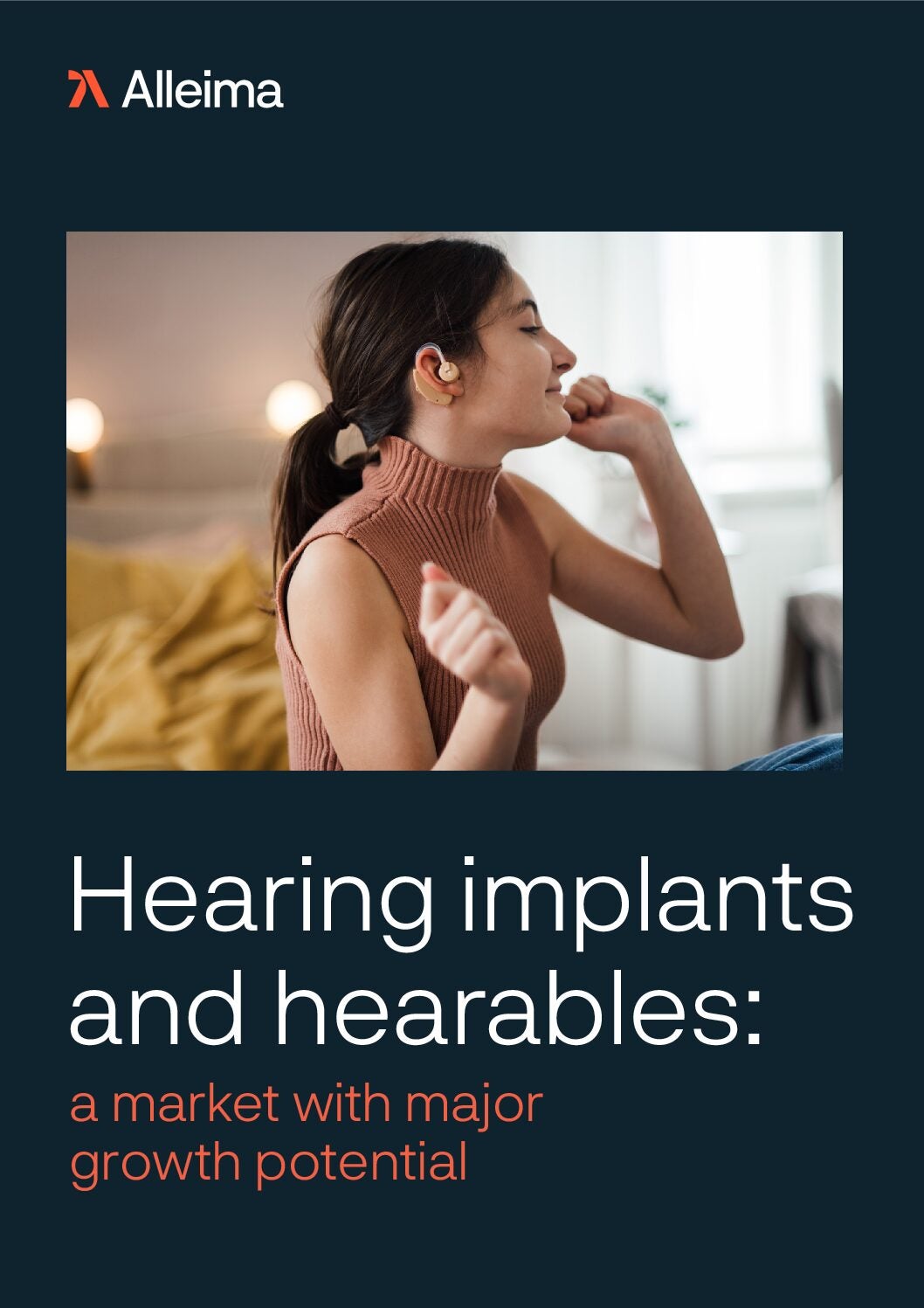
Continuous monitoring devices are at the forefront of a healthcare revolution, blending technology with personalised patient care. The future of this sector depends on a balance between innovation, economic viability, and regulatory compliance, ensuring that these essential devices continue to evolve as a vital component of modern healthcare.
As a medical device component manufacturer, Alleima works closely with continuous monitoring device OEMs to help to create smarter devices, while navigating regulatory challenges and remaining cost-effective.
Technological innovation for continuous monitoring devices
The continuous evolution in wearable devices, sensors, and the Internet of Things (IoT) is leading to more accurate and diverse data collection, providing healthcare professionals with a comprehensive view of a patient’s health. Modern devices are increasingly small, unobtrusive, and wearable, which not only improves patient comfort but also facilitates continuous monitoring without hindering daily activities.
Furthermore, advanced analytics and AI are being integrated into patient monitoring, enabling predictive health insights. These technologies can flag potential health issues before they become critical, revolutionising preventative care.
Economic obstacles and market growth
The economic trends affecting the continuous monitoring devices sector include the cost of products and the lack of insurance coverage for these types of purchases. However, these obstacles may be overcome in the future by advances in technology, which could drive down the manufacturing costs of devices.
Increasing demand for remote patient monitoring devices and devices using mobile health apps is also expected to drive additional investment in research and development towards wearable technology. The global continuous monitoring device market is expanding rapidly, driven by an ageing population, rising chronic disease prevalence, and increasing healthcare expenditure. Continuous monitoring devices can reduce healthcare costs by minimising hospital readmissions and enabling early intervention, making them more economical for both healthcare providers and patients.
As the use of continuous monitoring devices grows, insurance coverage is becoming more widespread, although can vary significantly by region and policy. This coverage is crucial for patient accessibility and market growth.
The impact of strict regulations
Regulatory trends impacting the continuous monitoring devices sector include data privacy concerns and the classification of wearables as medical devices. Hearables have limited capacity to store the data they generate, and vendors store users’ data on cloud servers, which is open to potential misuse. The EU’s General Data Protection Regulation (GDPR) mandates that supply chain stakeholders, including vendors, follow the concept of data protection by design and by default.
In the US, the FDA classifies wearables as low-risk general wellness products and does not directly regulate them. However, some products have been granted clearance by the FDA as mobile electrocardiogram (ECG) sensors to detect abnormal heart rhythms. The FDA has also changed some of its enforcement policies so that home care devices can be marketed for home use without additional submissions.
Medical device regulations are notoriously stringent and challenging to navigate, and potentially risk stifling digital health innovation. Over the last decade, increased collaboration among stakeholders has overcome some of the initial hurdles that have historically prevented medical devices from reaching consumers and patients. In its ongoing endeavour to stay ahead of trends and drive innovation, Alleima keeps up with regulatory changes and ensures strong post-market surveillance. This means that partners can rely on Alleima to support them through design to final development.
For more information about the medical offering from Alleima visit their website www.alleima.com/medicalwire



